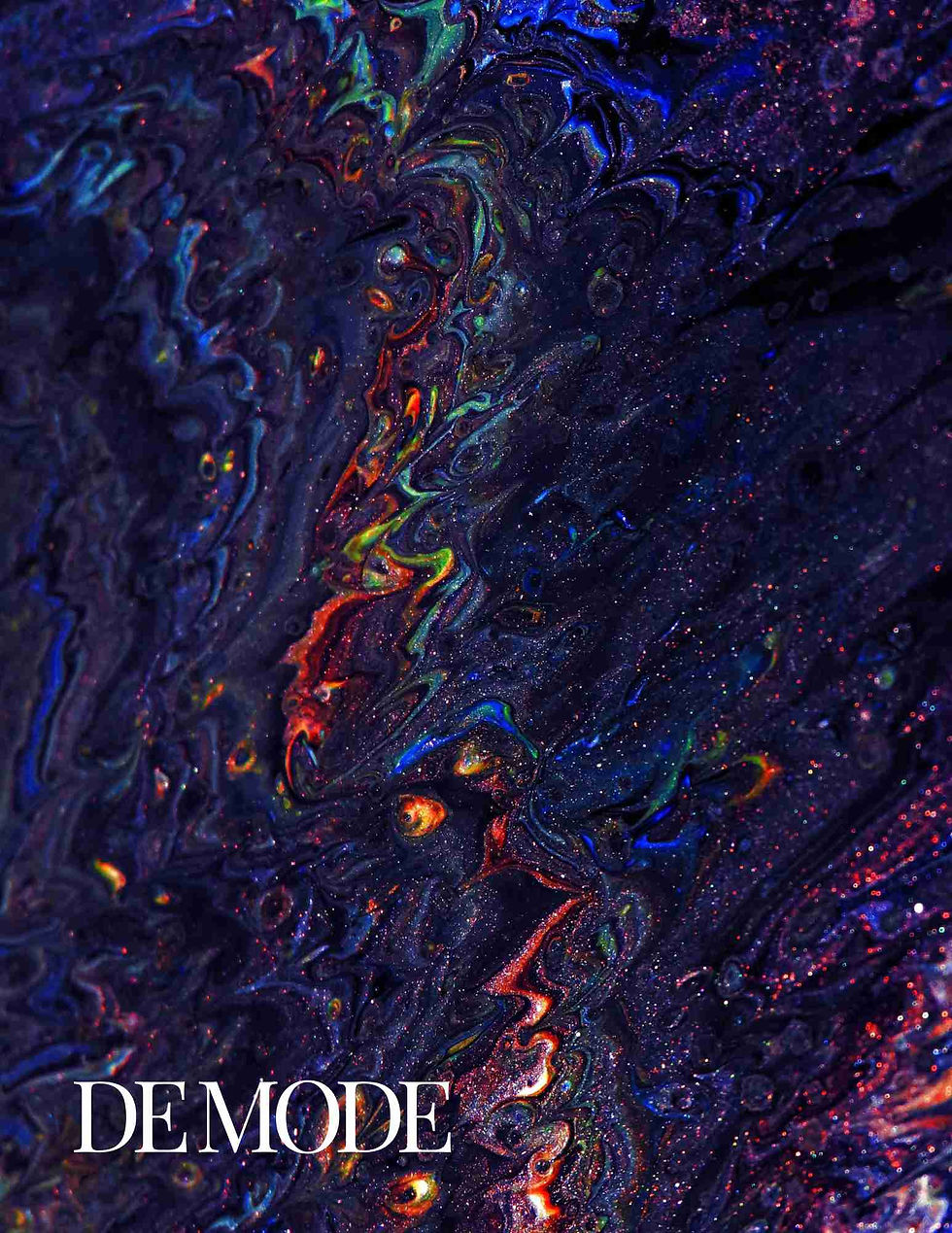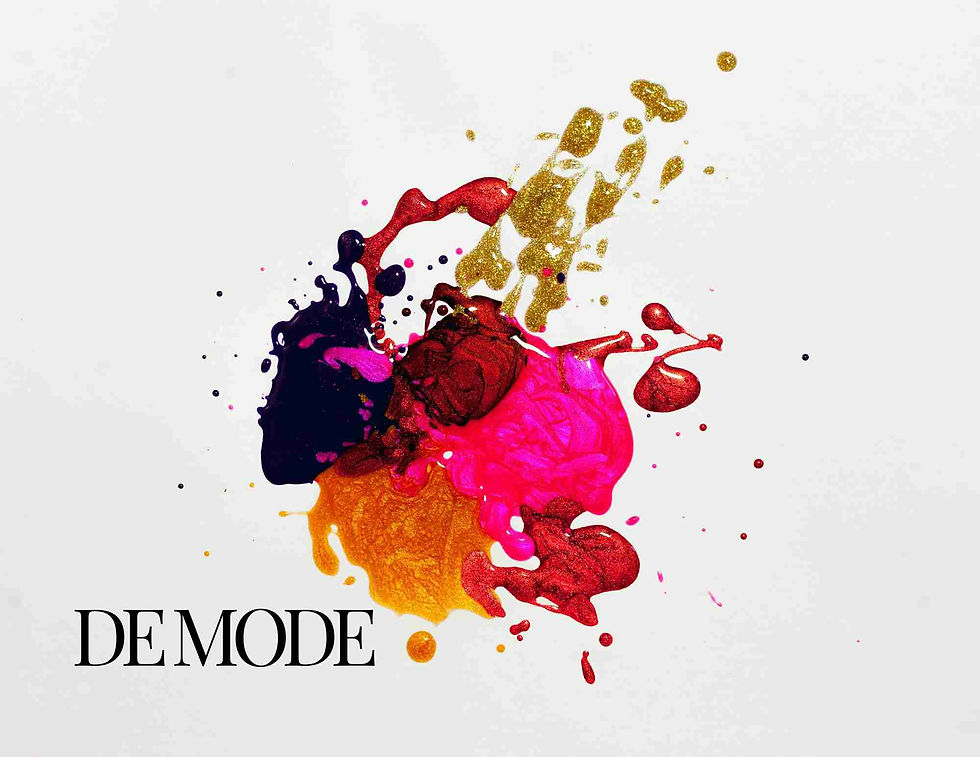ORIGINALLY PUBLISHED IN DE MODE | ART & CREATIVITY
Article Published on: 10TH APR 2024 | www.demodemagazine.com
Abstract art, with its enigmatic forms, vibrant colors, and expressive brushstrokes, invites viewers into a world of imagination and interpretation. Unlike representational art, which seeks to depict the visible world, abstract art frees the artist from the constraints of reality, allowing for a more intuitive and subjective approach to creativity. This essay delves into the multifaceted realm of abstract art, exploring its history, techniques, and the profound impact it has on both artists and audiences alike.

The Origins of Abstract Art: The roots of abstract art can be traced back to the early 20th century, when artists began to break away from traditional modes of representation in favor of more experimental and non-representational forms of expression. One of the pioneers of abstract art was Wassily Kandinsky, whose seminal work "Composition VII" (1913) is often regarded as one of the first purely abstract paintings. Inspired by music, mysticism, and theosophy, Kandinsky sought to evoke emotions and spiritual experiences through color, line, and form, paving the way for future generations of abstract artists.
Another influential figure in the development of abstract art was Piet Mondrian, whose iconic geometric compositions, characterized by primary colors and orthogonal lines, sought to distill the essence of reality into its most essential forms. Mondrian's philosophy of Neoplasticism, which emphasized the harmony of opposites and the pursuit of universal truths, had a profound influence on the development of abstract art in the 20th century.
Techniques and Approaches: Abstract art encompasses a wide range of styles, techniques, and approaches, from the gestural brushwork of the Abstract Expressionists to the geometric precision of the Minimalists. Artists working in this genre often rely on intuition, improvisation, and spontaneity, allowing their subconscious mind to guide the creative process.
One of the defining features of abstract art is its emphasis on form, color, and texture over representational accuracy. Artists may use a variety of materials and techniques to create visual interest and depth, including collage, assemblage, and mixed media. By embracing experimentation and pushing the boundaries of traditional artistic conventions, abstract artists are able to create works that challenge, provoke, and inspire.

The Power of Interpretation: One of the most intriguing aspects of abstract art is its openness to interpretation. Unlike representational art, which often has a clear subject or narrative, abstract art encourages viewers to engage with the work on a more personal and subjective level, allowing for a wide range of possible meanings and interpretations.
Each viewer brings their own unique perspective, experiences, and emotions to the viewing experience, shaping their understanding and appreciation of the artwork. What one person sees as chaos, another may see as harmony; what one person perceives as sadness, another may perceive as joy. In this way, abstract art becomes a mirror of the human condition, reflecting the diversity and complexity of human thought and emotion.
Moreover, abstract art has the power to transcend cultural, linguistic, and ideological barriers, speaking to viewers on a universal level. Whether through the bold colors and dynamic compositions of Jackson Pollock's drip paintings or the ethereal forms and delicate lines of Agnes Martin's grids, abstract art has the ability to evoke a wide range of emotions and provoke deep introspection.

Conclusion: In conclusion, abstract art represents a radical departure from traditional modes of representation, embracing the power of interpretation and inviting viewers to explore the boundless realms of imagination and emotion. From its humble beginnings in the early 20th century to its continued relevance and influence in the contemporary art world, abstract art continues to push the boundaries of creativity, challenge our preconceptions, and expand our understanding of what art can be. As we journey through the rich tapestry of abstract art, let us embrace the power of interpretation and celebrate the infinite possibilities of the creative spirit.